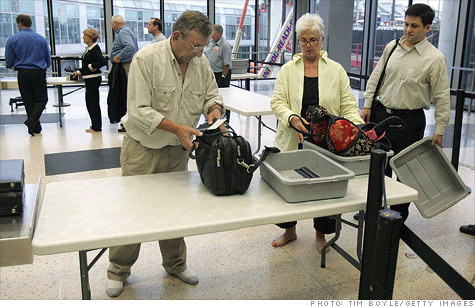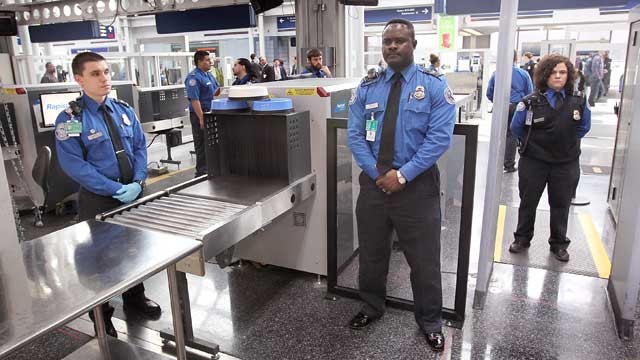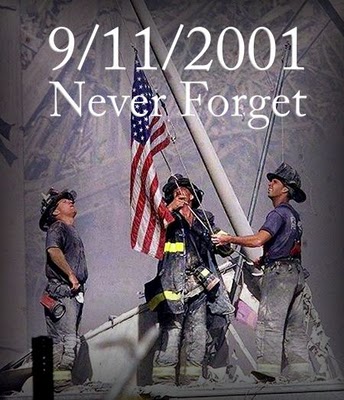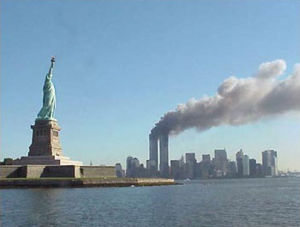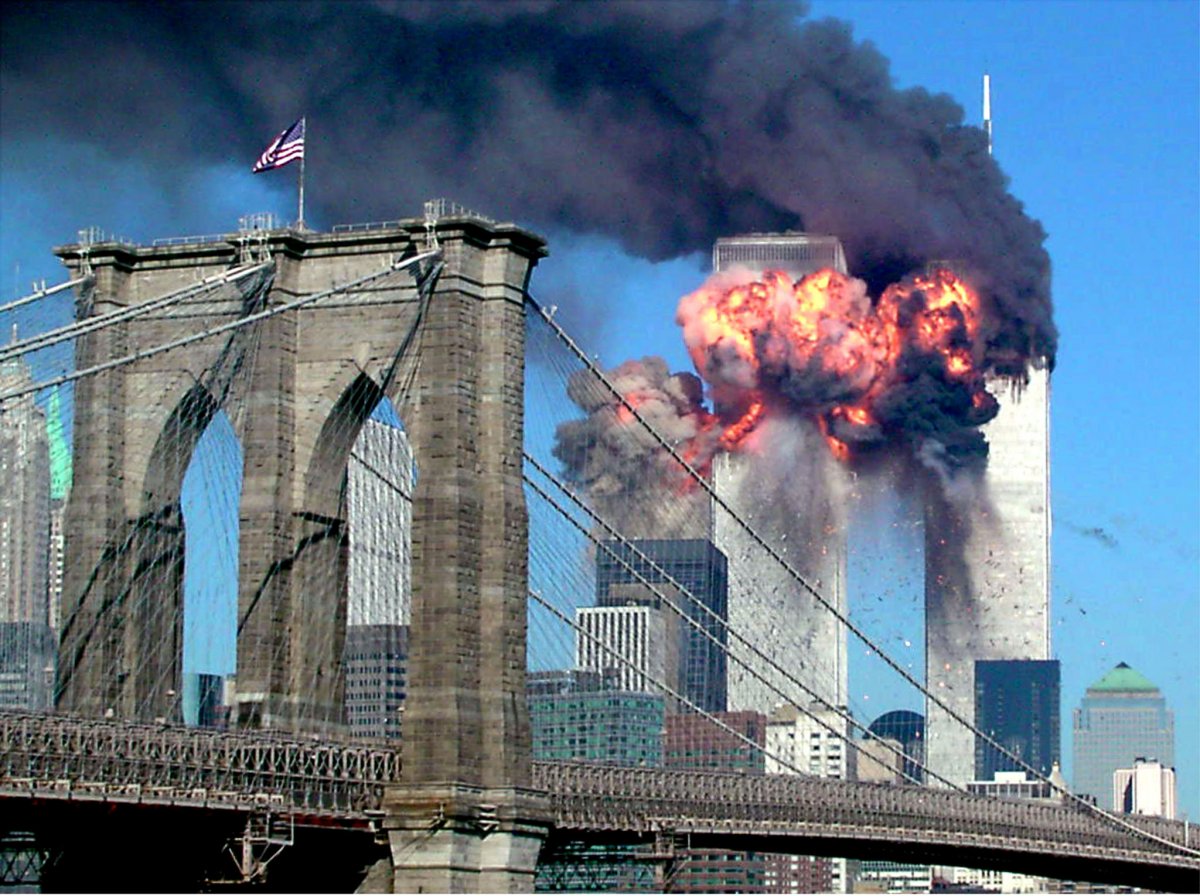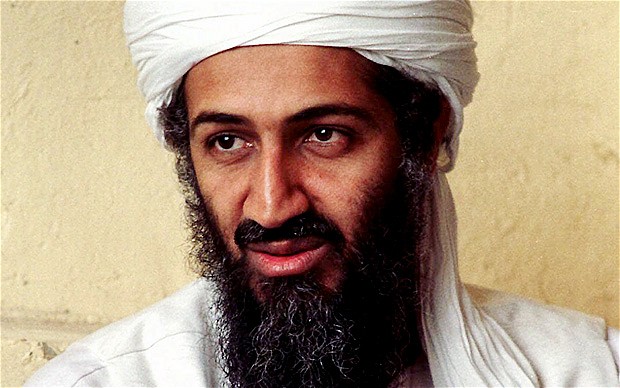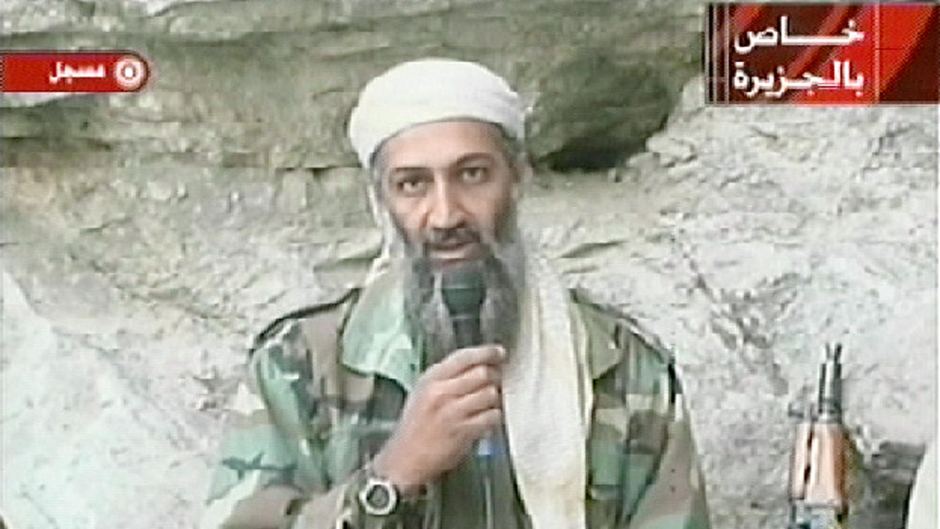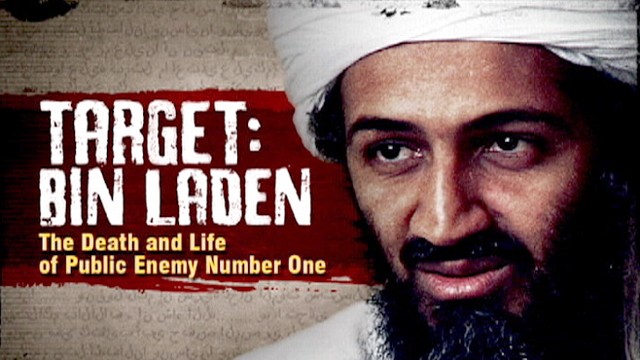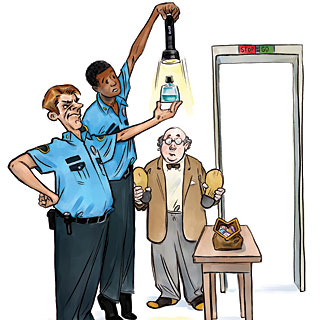READING ARTICLE- CHANGES
Consider how the world we live in changed after September 11th...
READ APPENDIX A (Article Given on a Separate Paper)
How 9/11 Changed Getting on an Airplane By Jill McCracken Introduction - Pre-9/11 When a typical family heads to the airport today, there are many factors to consider, among them what can and cannot be brought on the plane in your carry-on luggage. What shoes should you wear for easy slip-on-slip-off? Parents double and triple check to making sure that all liquids are less than 3 oz. Did everyone have the right identification and boarding pass printed out? Did you leave in time, needing 1 to 2 hours to get through security checks? However, this was not always the case. Prior to 9/11, people could park their cars in the large parking garages located underneath the airports. Today, these stand empty, cordoned off with concrete barricades. No one worried about bringing a soft drink on the plane, or which shoes would be easiest to wear. Before 9/11, a passenger only had to show an ID when checking in, and perhaps an hour was needed to pass through security. Then, only two questions were asked at check-in: “Did you pack your own bags?” and “Have your bags been seen outside your control?” Not all baggage was scanned, and airlines and private companies made decisions about security screenings. A passenger could bring sharp objects on the plane such as pen knives and sharp scissors, though knives larger than four inches were banned, along with other weapons or potentially flammable items. Airlines allowed kitchen knives for the attendants to use when cutting food. They also served hot meals for cross-country flights, which were eaten with real utensils. No one cared which shoes you selected to wear, and they certainly were not taken off and sent through a metal detector. Further, family or friends could actually accompany you to the gate instead of parting at the security scanners. Back then, the flight crew had the option of showing their employee ID to go around security checkpoints, directly aboard the planes. The curtains always remained closed between first class and economy seating. The crew were not allowed to carry guns. Passengers were allowed to use the bathroom near the cockpit. Some planes had simple, light-weight cockpit doors that broke easily. The attacks of 9/11 will never be forgotten by Americans. That day changed America forever as most of us had taken for granted that we were living safely in the United States. Acts of international terrorism took place in nations across the oceans, not here. Here is a sampling of terrorist attacks between 1985 and 1989: • Terrorists hijacked a U.S. jetliner heading to Italy, resulting in a two-week long ordeal that played out across the world’s news programs. • A 747 airline blew up over Lockerbie, Scotland, killing 270 people. • Nineteen more people were killed by terrorists in coordinated attacks on European airline terminals. • A U.S. flight to Greece was bombed, killing four passengers. • Another U.S. flight to Pakistan was stormed by heavily armed terrorists, killing at least 20 and wounding 120. The terrorist groups responsible for these heinous acts were the Abu Nidal Organization, Al-Qaeda, the Arab Revolutionary Cells, and Muammar Qaddafi, leader of Libya. In the 1980s, Americans did not stop flying or invade offending nations. These acts happened overseas; thus, Americans felt safe at home. 9/11 and the Aftermath The attacks on the World Trade Center, Pentagon and United Flight 93 changed that perception. Nineteen terrorists thwarted all existing security measures, boarded four different airplanes, and went on to cause nearly 3,000 deaths. Terrorism could happen here. This impact is still being felt and we still react, rethink, respond, and revise as events occur. Another first occurred on 9/11. By 12:16 pm on September 11, 2001, there was not a plane in the sky over America. The Federal Aviation Administration (FAA) had ordered a national ground stop, an unprecedented action, that landed over 4,000 commercial and private flights across the country in roughly two hours. They succeeded admirably, and the skies would be silent for days, save for the sound of U.S. fighter jets on patrol. On 9/11, private companies handled security screenings at all U.S. airports. One of the first changes implemented afterward was the creation of the Department of Homeland Security (DHS) and the Transportation Security Administration (TSA). The TSA acted to replace lightweight cockpit doors with heavy-lock, bulletproof doors. Pilots may be armed with a gun, but only after training. Some flights are equipped with video cameras, so pilots can monitor cabin activity. Further, the training and screening of TSA employees were made more rigorous. More air marshals were hired, and fly on many U.S. flights. Security screening has been further tightened since 9/11. In December 2001, Richard Reid boarded an American Airlines 767 flying from Paris to Miami. During the flight, screams erupted when Reid tried to light a fuse coming out of his shoe. Flight attendants struggled with the terrorist, preventing the detonation of a bomb. The FBI indicated that the soles of his shoe contained enough high explosives to blow a hole in the fuselage of the aircraft. As a result, all shoes must be removed and sent through the x-ray machines as a part of the security screening before flying. On September 11, hijackers Salem al Hazmi, Khalid al Mihdhar, Nawaf al Hazmi, and Majed Moged all set off the metal detector alarms. Despite being checked with a handheld detector, the screener failed to find the items that caused the alarm. They all were permitted to board the doomed flights. Since then, the TSA has implemented more thorough screening procedures for passengers as well as their luggage. Passengers go through metal detectors, carry-on bags are x-rayed, and checked baggage pass through an explosive detection system. Many passengers may also be patted-down and thoroughly checked with a hand-held metal detector. The security personnel are also better trained to perform searches. All passengers must now have valid identification, issued by the government in order to fly. Transportation Security Officers (TSOs), using black lights and magnifying loupes, are positioned at the checkpoint to check passengers’ boarding passes andidentification, a system now in place at every airport in the country. Immediately, this change brought results. For example, in Michigan, TSO officers identified two people with forged documents. When the numbers on one passenger’s passport looked different, and the ink rubbed off when he ran his finger over the numbers, the TSO officer became suspicious. The other passenger’s visa had expired. Both passengers were interviewed by law enforcement officers, who confirmed that documents were fraudulent. Both passengers were arrested. See the 3-1-1 carry-on image at the TSA.gov site by going here: www.tsa.gov/311/index. shtm On August 10, 2006, another airline bombing plot was foiled in Britain. This called for terrorists to carry explosive components, disguised in sports drinks bottles. Detonators were made from common electronic devices like cell phones or music players. They planned to use chemicals that are innocuous when carried separately but could be combined into an explosive mixture on board. This author was flying British Air from London to Newark, N.J. on the day of the liquid bomb plot, and personally experienced the brave faces of the British and international passengers during this crisis. Of the tens of thousands of passengers at Heathrow Airport in London, none panicked or complained about the delays. Spirits were high as people shared little jokes and their life stories, not knowing when they would be able to fly again. When finally permitted to board a flight after passing through several x-ray machines, bomb sniffing dogs and another x-ray machine on the jet-walk itself, take-off was not imminent. While it was uncomfortably warm sitting on the tarmac for six hours prior to liftoff, knowing that every precaution was being taken to insure their safety, passengers simply endured. A new ‘normal’ was being adopted when it came to air travel. The ban on liquids, as well as medications, baby formula, and breast milk is still in effect for any item larger than 3 oz. They must be placed in clear Ziploc baggies for scanning. In addition to these measures, there is now a greater police presence at airports, passenger manifests are checked against watch lists, and canine teams conduct random searches. Another change has been the implementation of the Behavior Detection Officer (BDO) program. The BDO utilizes behavior observation and analysis techniques to identify potentially high-risk passengers. BDOs are assigned to detect individuals exhibiting behaviors that indicate they may be a threat. The program is an offshoot of other successful behavioral analysis programs that have been employed by law enforcement both in the U.S. and elsewhere. In 2004, at Boston’s Logan International Airport, Behavior Detection Officers (BDOs) David Bolduc and John Ferragamo, using behavioral cues, grew suspicious of a passenger who turned out to be carrying large – and illegal – amounts of prescription medication, more than $20,000 in cash and a passport belonging to another person. Individuals who exhibit specific observable behaviors may be referred for additional screening at the checkpoint. They will be subject to a wanding by hand, pat down, and inspection of carry-on bags. Referrals are not on one’s appearance, race, ethnicity, gender, or religion. Following the Madrid train bombing of 2007, the TSA created and deployed Visible Intermodal Prevention and Response (VIPR) teams. Comprised of federal air marshals, surface transportation security inspectors, transportation security officers, behavior detection officers and explosives detection canine teams, VIPR teams have supplemented security at key transportation hubs. To see the diagram explaining the layers of security in place at American airports today, go to www.tsa.gov/what_we_do/layers/index.shtm. By February 2009, the TSA met the Congressionally-mandated requirement to screen 50% of all cargo on passenger planes, while allowing the unimpeded flow of commerce. This was put to the test in November 2010, when 15 “suspect” packages from Yemen were intercepted before detonating. The TSA is continuing to work with the Department of Homeland Security to scrutinize cargo plane content more closely. A Christmas 2009 flight bound from Amsterdam to Detroit was approaching the airport. After spending about 20 minutes in the restroom, passenger and would-be terrorist, Umar Farouk Abdulmutallab settled into his seat, covering himself with a blanket. Other passengers reported hearing popping noises, smelling a foul odor, and some saw Abdulmutallab’s trouser leg and the wall of the plane on fire. Passenger Jasper Schuringa, struggled with and subdued Abdulmutallab as flight attendants doused the flames of the fire. The “Underwear Bomber” triggered more concerns about technology and passenger screening. TSA has upgraded its passenger screening systems, now using millimeter-wave sensors emitting radio frequencies, and radiated energy that result in a detailed, 3-D image of the passenger that resembles a photo negative. Coupled with more intrusive pat downs, this has proved to be highly controversial, with some claiming to have been abused. Calls to hire private firms to run passenger screening have emerged, ironic given that the TSA was formed after 9/11 to improve passenger screening in the first place. It is clear that flying is no longer as simple and carefree as it was in the pre-9/11 world. The measures the Department of Homeland Security and the TSA take to increase security are fluid and ever-evolving as the security threats themselves prove ever more challenging.